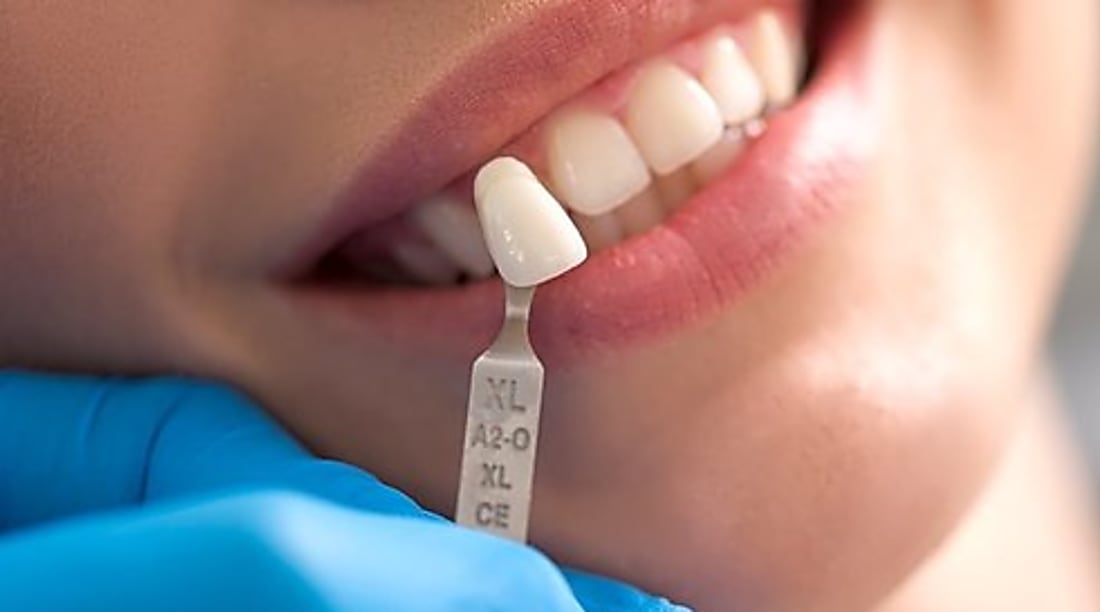Exploring Screwless Dental Implants: A Look at the Options
Screwless dental implants are offered in some clinics as a cost-conscious alternative to traditional systems. They can use fewer components, and streamline certain steps. Eligibility, comfort, care, timelines, pricing depend on the provider and patient’s case.

Modern dentistry continues to evolve, bringing forward innovative solutions that address the limitations of conventional treatments. Among these advancements, screwless dental implants represent a shift in how prosthetic teeth are secured. Rather than depending on screws to attach the crown to the implant post, these systems use alternative retention methods such as cement bonding or friction-fit mechanisms. This approach aims to reduce mechanical complications and streamline the restoration process, making it an appealing option for both practitioners and patients.
What Are Screwless Dental Implants?
Screwless dental implants refer to systems where the prosthetic crown or bridge is attached to the implant fixture without the use of a retaining screw. In traditional implant designs, a small screw passes through the crown and secures it to an abutment, which connects to the implant embedded in the jawbone. Screwless alternatives eliminate this screw component, instead relying on cementation or press-fit connections. The implant itself is still surgically placed into the bone, but the final restoration is bonded directly onto the abutment using dental cement or held in place through precise mechanical fit. This design reduces the number of components involved and can simplify both the placement and maintenance processes.
Why Are Screwless Implants Becoming a Popular Choice?
Several factors contribute to the growing interest in screwless implant systems. One primary reason is the reduction of mechanical failures associated with screw loosening, a common issue in traditional implants that can require additional visits and adjustments. By eliminating the screw, the risk of this particular complication is removed entirely. Additionally, screwless designs often result in a smoother occlusal surface since there is no screw access hole that needs to be filled, which can enhance the aesthetic outcome. The simplified structure may also reduce the overall cost of components and shorten the time required for the final restoration phase. Patients appreciate the potential for fewer follow-up appointments and a more straightforward treatment experience.
How Do Screwless Implants Work?
The function of screwless implants hinges on alternative retention mechanisms. In cement-retained systems, the crown is fabricated to fit precisely over the abutment, and dental cement is used to bond the two together permanently. This method is similar to how traditional crowns are attached to natural teeth. The cement creates a strong, stable connection that holds the prosthetic in place during daily use. Another approach involves friction-fit or press-fit designs, where the crown is manufactured with such precise tolerances that it locks onto the abutment through mechanical friction alone. Both methods require careful planning and accurate impressions to ensure a proper fit. The implant post itself integrates with the jawbone through osseointegration, the same biological process used in all dental implant systems, providing a stable foundation for the restoration.
The Key Benefits of Screwless Dental Implants
Screwless dental implants offer several advantages that make them attractive to patients and clinicians alike. The absence of a screw access hole means the crown can be designed with a more natural appearance, as there is no need to fill or cover the opening on the chewing surface. This can improve both aesthetics and function. Maintenance is often simpler, as there are no screws to tighten or replace over time, potentially reducing the need for ongoing adjustments. The cemented or friction-fit connection can distribute forces more evenly across the restoration, which may contribute to longer-lasting results. Additionally, the streamlined design can make the restoration process faster, allowing patients to complete their treatment with fewer appointments. The reduced complexity of components can also lower the risk of certain mechanical complications.
Are Screwless Implants Suitable for Everyone?
While screwless dental implants present numerous benefits, they may not be the ideal solution for every patient. Suitability depends on factors such as the location of the missing tooth, the condition of the surrounding bone and gums, and individual oral health needs. For instance, cement-retained restorations can make it more challenging to remove the crown if adjustments or repairs are needed, as the cement bond is designed to be permanent. This contrasts with screw-retained implants, which can be easily unscrewed for maintenance. Patients with a history of peri-implantitis or those requiring frequent monitoring may benefit more from retrievable designs. Additionally, proper case selection is crucial, as not all anatomical situations are conducive to screwless systems. A thorough evaluation by a qualified dental professional is essential to determine whether this approach aligns with the patient’s specific circumstances and treatment goals.
Conclusion
Screwless dental implants represent a meaningful advancement in restorative dentistry, offering a streamlined approach to replacing missing teeth. By eliminating the need for retaining screws, these systems address common mechanical issues and can enhance both the aesthetic and functional outcomes of treatment. The choice between screwless and traditional implant designs should be based on individual needs, anatomical considerations, and professional guidance. As dental technology continues to progress, patients have access to an expanding range of options that prioritize comfort, durability, and long-term success. Consulting with an experienced dental professional remains the best way to explore which implant system is most appropriate for achieving optimal oral health and a confident smile.
This article is for informational purposes only and should not be considered medical advice. Please consult a qualified healthcare professional for personalized guidance and treatment.




